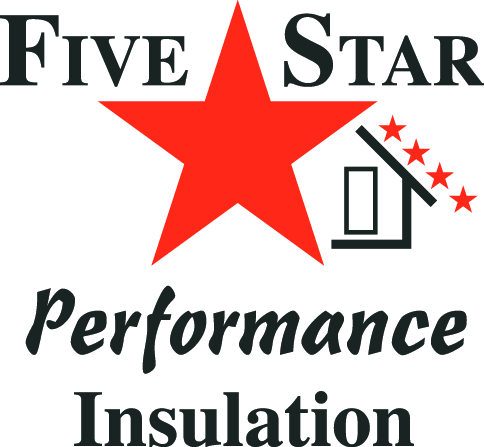Cellulose is an environmentally friendly insulation material, which is one of the many reasons why it’s a great option for homes. Unfortunately, there’s a lot of misinformation going around about this material. Below we dispel some common myths about cellulose insulation in Sacramento, CA.
Myth #1: Settled cellulose insulation loses original R-value
It’s a common misconception that, once cellulose insulation settles, the result is the loss of original R-value. The fact is that all loose-fill insulation materials, including cellulose, can settle over time. There’s a coverage chart that shows federal law and industry standards. So when cellulose insulation is installed properly, it won’t settle below the intended R-value.
Myth #2: R-value is all the same, so any insulation is fine
If you don’t understand the industry lingo, it’s easy to think that R-value is R-value no matter what insulation material you choose. But R-value is an important factor to consider when choosing between the different types of insulation materials. How a material performs is measured by its ability to reduce heat loss through air infiltration, radiation and convection. Cellulose insulation offers superior performance, as it reduces air infiltration and convection better than fiber insulation materials with the same R-value.
Myth #3: Because cellulose insulation is made from paper, it’s more flammable than other insulation materials
Yes, cellulose insulation is made from paper, but that does not mean it’s more flammable than other insulation materials. Cellulose has a Class 1 fire rating. This type of insulation material is treated with fire retardants to adhere to all federal, state and local fire safety requirements.
Myth #4: Cellulose insulation is expensive
The reason why cellulose wall insulation is more expensive than, for example, fiberglass batts, is because it costs more to install. But this is easily made up due to the greater savings you’ll get on energy costs from using cellulose insulation. Also keep in mind that blown-in cellulose and blown-in fiberglass insulations are similarly priced, while cellulose is less expensive than foam.
Myth #5: This insulation is susceptible to mold and mildew
You may have heard that it’s common practice to apply damp spray cellulose insulation in walls, so it makes sense that mold and mildew will form. While it is common to add small amounts of water in new construction insulation to increase bonding to the sheathing, the moisture content does not remain for long. Like moisture in wood wall studs, trace moisture will pass through the insulation after installation.
Myth #6: Cellulose uses wood, so it contributes to deforestation
This statement is not true! Cellulose insulation does not cause deforestation. In fact, cellulose is an environmentally friendly option made mostly from recycled content like paper, and not wood from freshly cut trees. Most cellulose insulation contains up to 80 percent recycled material.
If you want an expert to install cellulose insulation in your Sacramento, CA home, look no further than the professional insulation installers at 5 Star Performance Insulation, Inc. Call us today to learn more about what we can do for you!
